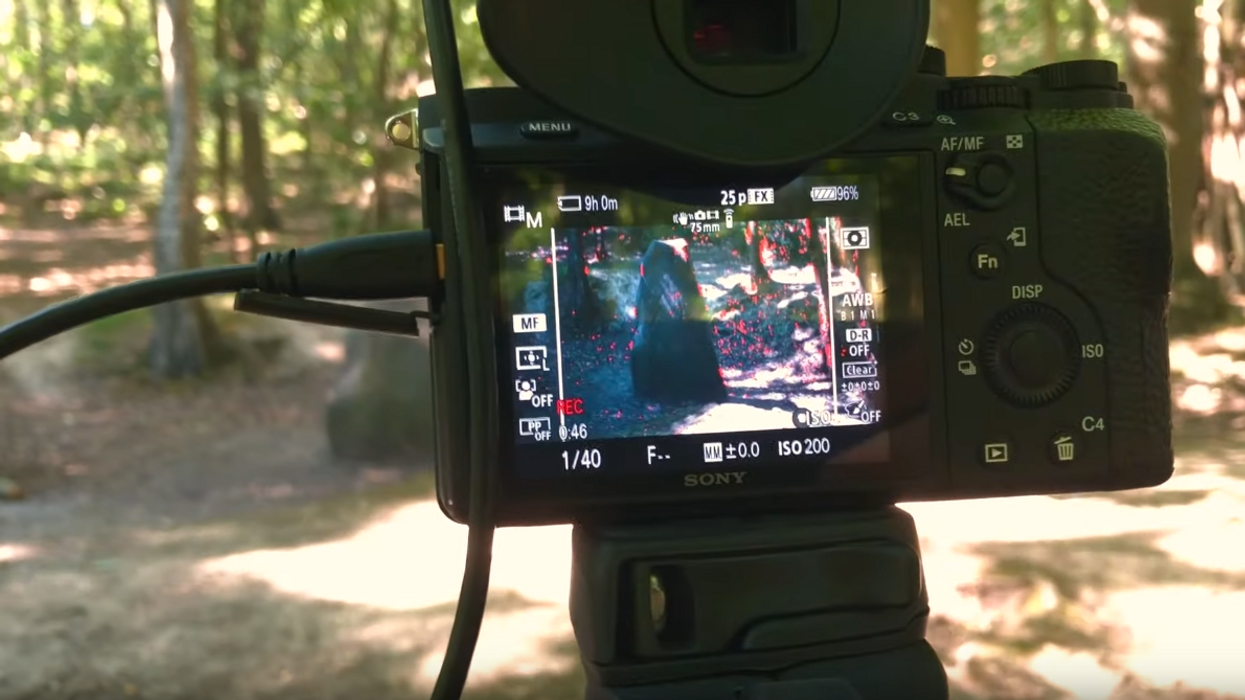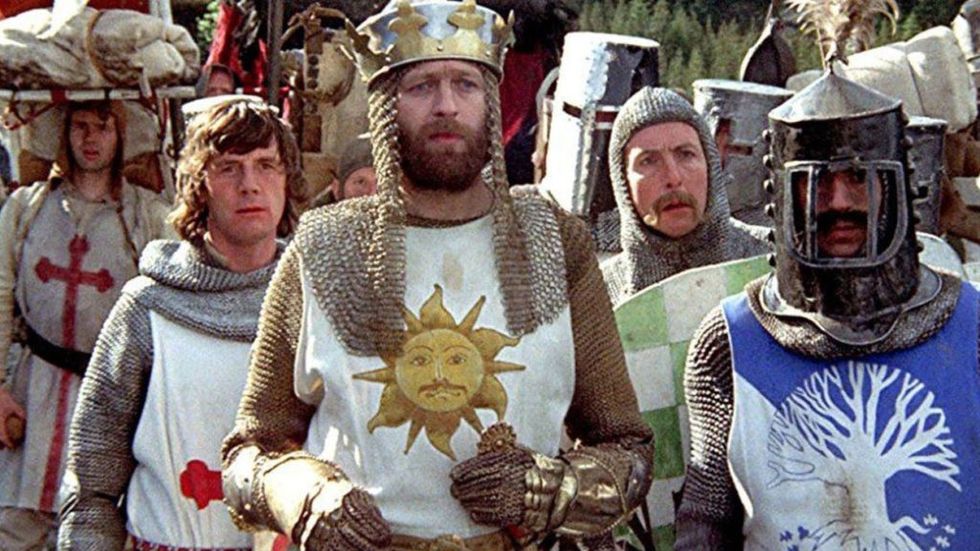Everything You Need to Know About Anamorphic Lenses
If you've never worked with this unique piece of glass, then this is the primer for you.

Anamorphic imaging was invented all the way back in World War I, when Henri Chrétien figured out a way to provide a wide-angle viewer in military tanks. Later, in Hollywood, as movies were competing with television for viewers, filmmakers decided they had to innovate.
Enter CinemaScope and anamorphic optics.
Mathieu Stern and Tito Ferradans have put together a great video on anamorphic lenses, their history, and why they work with them. Check it out and then we'll dive into some of the specifics.
What are anamorphic optics?
The incorporation of anamorphic lenses into filmmaking came from the need to be bigger and better than television.
When filmmakers started using anamorphic lenses, cameras were able to capture a wider field of view at a higher quality. On a 35mm film frame, the picture would be bigger and at a higher resolution, but it would also be stretched. The film would have to be fixed in post-production or on the projector.
But once corrected, audiences would see a new, widescreen picture larger than what they were used to. This has given films their classic widescreen "letterbox" look.

Why use anamorphic?
Obviously, not many of us are shooting on film now, but there are still tons of options for digital anamorphic. Using anamorphic lenses now mostly arises out of the desire to achieve a unique, nostalgic look.
With anamorphic, you get that wide aspect ratio. You get an incredible depth of field. You get distinct, oval-shaped bokeh. You get interesting horizontal lens flares and vignettes. Each anamorphic lens has a different character and unique visual traits.
"I wanted to find lenses that made images a little bit different or more interesting," Ferradans says. "That maximized my use of the sensor. And that's what anamorphic does. It fits more footage onto the sensor."

How to start shooting anamorphic
Ferradans says the most important advice for those just starting out in anamorphic is to read, study, practice, and... try not to spend too much money.
He suggests taking your time to shop for lenses and find good deals since anamorphic lenses tend to come with high price tags.
Familiarize yourself with anamorphic kits. If you're shooting with a DSLR and working on a lower budget, then you can't just slap an anamorphic lens on -- you need a taking lens (or prime lens), which is a normal spherical lens, then the anamorphic lens mounted on top of that.
Of course, if you've got an ARRI ALEXA or the RED DSMC2, then you can go for the higher-end lenses like the anamorphic primes from Atlas Lens Co.

What's next? Learn more about anamorphic shooting
Check out ShareGrid's deep dive into the testing of anamorphic lenses, and check out more of our tips for getting started with anamorphic. And of course, you can get into our CineGear coverage for pieces on new lenses like the Vazen 40mm.
Maybe you're not ready to spend thousands of dollars on new gear, and that's okay. We've got a tutorial that will help you get an anamorphic look without the anamorphic lenses!
What are some of your tips for shooting with anamorphic lenses? Share them in the comments!
Source: Mathieu Stern













